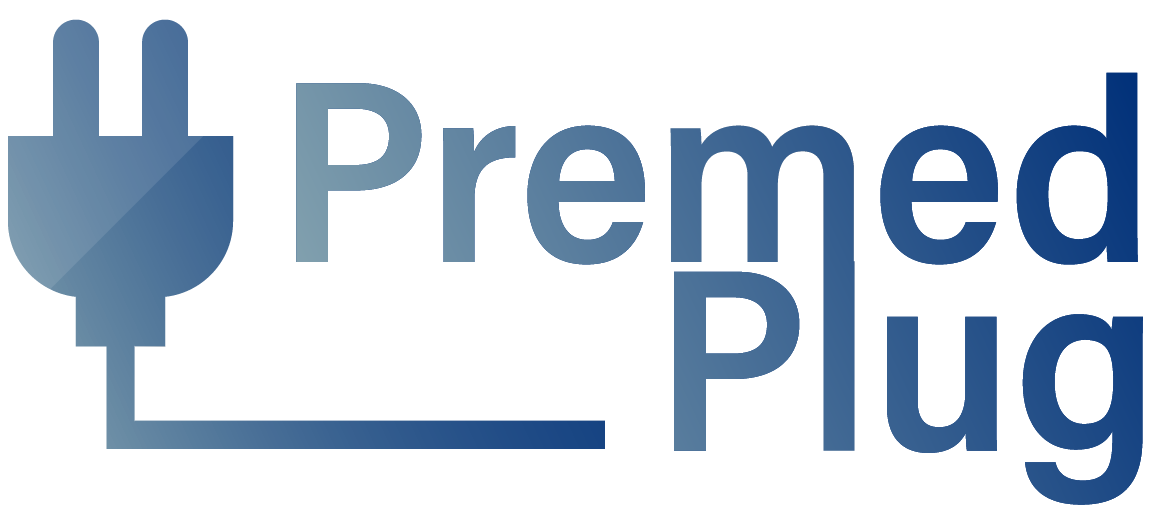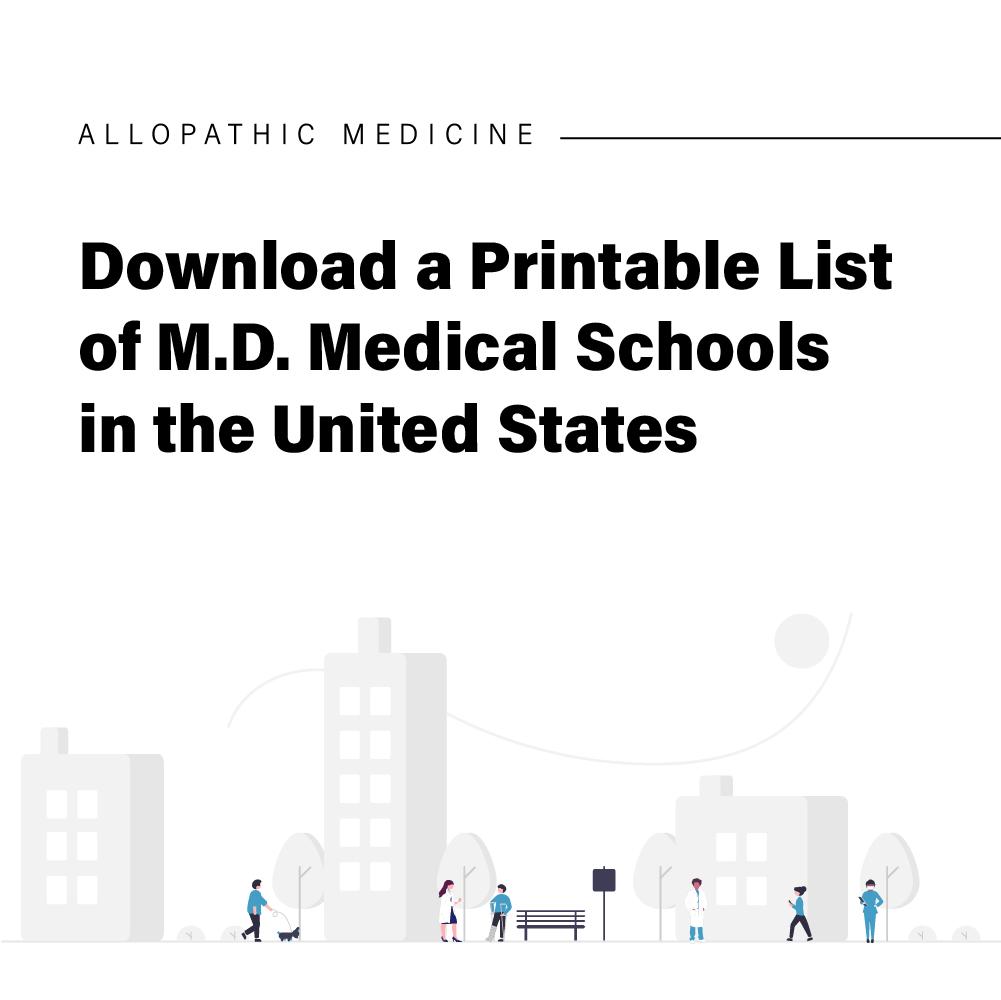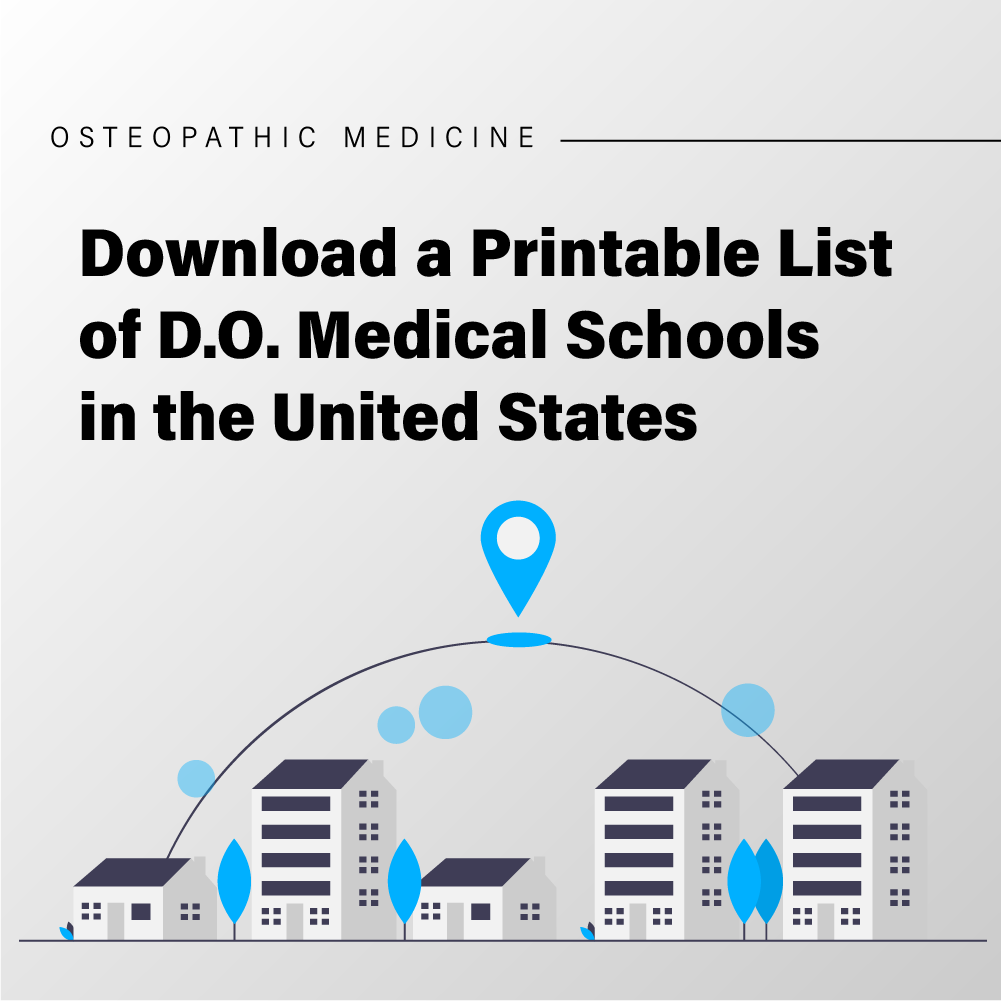Introduction
Many premed students dream of attending medical school one day, but the cost of attendance can be a significant barrier. According to the AAMC, the median medical school debt has reached $200,000. On top of the costly tuition, students are often burdened by the price of expensive textbooks, rent, and other living expenses. As a result, some premed students may be hesitant to pursue the necessary medical education to become a doctor. However, there are several ways to attend medical school for free without raising insurmountable debt.
In this article, we will explore three main options that can help you to attend medical school for free or with minimal cost. If you’re hoping to attend medical school, read on to find out how to attend medical school for free.
1. Tuition-Free Medical Schools
As the cost of attending medical school increases, the hesitation in attending medical school is growing stronger among prospective medical students. The increasing cost of medical school also causes added stress to students. More and more often, students are worried about paying back student loan debt before they even start school. This also causes students to abandon their passion for medicine. Rather than focus on medicine, some students think about making money-motivated decisions. However, medical schools are recognizing this problem and are addressing it by offering free tuition.
In fact, a few medical schools in the United States now offer free tuition for all students. According to the AAMC, one potential benefit of offering free medical school tuition is a more diverse pool of applicants. With free medical school tuition, more premed applicants from historically underrepresented backgrounds are given the opportunity to apply! Another potential benefit, stated by the AAMC, is allowing students to choose a medical field based on their passion. This way, students can find residencies and specialties that are fulfilling in the long run.
What do tuition-free medical schools pay for?
Tuition-free medical schools are different from schools that offer merit or need-based full-tuition scholarships (more on this later). On the one hand, merit or need-based full-tuition scholarships is offered to only a limited number of students within a medical school. Tuition-free medical school programs, on the other hand, cover 100% of the tuition cost for all of their students.
Although tuition-free medical schools cover 100% of the tuition, some do not cover additional living expenses like rent, food, or transportation. Therefore, in order to cover these expenses, medical students often need to make financial arrangements or take out loans. Despite the cost of living expenses, a tuition-free program removes most of the financial burden for medical students, making it an excellent option.
Due to the high interest in free medical school opportunities, tuition-free medical schools are highly selective in their admissions process. Therefore, in order to maximize the chances of getting accepted, successful applicants tend to have an outstanding GPA, MCAT score, personal statement, and/or extracurricular activities.
Below is a list of medical schools in the United States currently offering free tuition to all students:
For detailed information on each program, please visit the medical school’s official website.
- New York University Grossman School of Medicine
- Students have the opportunity to apply for additional need-based scholarships to cover other costs, such as living expenses
- Cleveland Clinic Lerner College of Medicine
- Kaiser Permanente Bernard J. Tyson School of Medicine
- Offering free tuition for students entering in the fall of 2020 through 2024
2. Military-Sponsored Programs
A second, more comprehensive option to attend medical school for free is to apply for a scholarship program sponsored by the United States military. On top of free tuition, these scholarships tend to provide medical students with a stipend to cover living expenses. Some programs even extend the scholarship fund to cover textbooks and other fees for medical school.
Three out of six military branches offer full scholarships to medical school.
Out of the six military branches (Army, Marine Corps, Navy, Air Force, Space Force, and Coast Guard), three of them currently offer medical school scholarships. These branches are the Army, Navy, and Air Force. Unlike free-tuition medical schools, a military scholarship is intended only for students willing to serve as military physicians for some time after graduating from medical school. The length of service varies by branch and the type of scholarship provided, but it usually requires several years of working as a military physician after completing medical school. In other words, whereas military programs elect your service in return for their money, free-tuition medical schools do not. Therefore, students should consider this additional time commitment when choosing this option.
Military-sponsored scholarships have specific eligibility requirements and are usually binding contracts.
Even though military scholarships are a great option, certain eligibility requirements need to be met in order to qualify for these scholarships. Some requirements include proof of U.S. citizenship, being over 18 years of age, and being enrolled in an accredited medical program in the United States, Canada, or Puerto Rico. Therefore, it is essential to ensure you are an eligible candidate before starting the application process.
A popular program is the Health Professions Scholarship Program (HPSP). This scholarship provides medical students with full-tuition coverage plus a monthly stipend. Depending on the branch, you may also receive a signing bonus and/or coverage of additional medical school fees such as textbooks. In return, students are required to serve as military physicians after completing medical school. The general rule is that students must serve one year of active duty for each year they receive the scholarship, with the minimum length of service for each branch being two years for the Army, two years for the Navy, and three years for the Air Force.
Below is a coverage breakdown of the popular scholarships offered by each of the three branches. For additional information, please visit the official U.S. Armed Forces website.
- Army Scholarships
- Health Professions Scholarship Program (HPSP)
- Up to four years of full tuition provided
- Scholarship extends to books, equipment, and other fees
- Monthly stipend of $2,608 plus additional financial assistance for housing and food
- Signing bonus: up to $20,000
- Health Professions Loan Repayment Program
- Intended for those who pursued an education in medicine, dentistry, or nursing
- Loan repayment amount: up to $250,000
- Health Professions Scholarship Program (HPSP)
- Navy Scholarships
- Health Professions Scholarship Program (HPSP)
- Full tuition scholarship
- Monthly stipend of $2,600 or more
- Signing bonus: up to $20,000
- Health Professions Scholarship Program (HPSP)
- Air Force Scholarships
- Health Professions Scholarship Program (HPSP)
- Full tuition scholarship
- Funds extend to book, equipment, and additional fees
- Monthly stipend
- Health Professions Scholarship Program (HPSP)
All in all, if you are seeking more comprehensive coverage of the cost of attendance and are willing to serve as a military physician after attending medical school, then pursuing a military scholarship would be an excellent option for you.
3. Merit & Need-Based Scholarships
The final option in this article is applying for merit and/or need-based medical scholarships. Many U.S. medical schools currently offer merit and need-based scholarships that cover full tuition and, in some cases, even the living expenses of students. Since most medical schools only offer full-tuition scholarships to a very small number of students, the selection process is highly competitive. To qualify for these scholarships, students usually need to demonstrate outstanding academic achievement and/or strong financial need.
One medical school offering a full tuition scholarship is Stanford University School of Medicine. The school’s Knight-Hennessy Scholars program awards a fully funded graduate education to a small number of high-achieving students annually. Additionally, students are given the opportunity to apply for need-based financial aid and scholarships that will further cover any additional expenses incurred at the school.
Another medical school offering full-tuition scholarships is UCLA’s David Geffen School of Medicine. The school’s DGSOM Impact and Distinction Scholarship is awarded annually to 10 outstanding medical students. This award covers the full cost of attendance, which includes tuition, fees, as well as a stipend to be used toward living expenses. Similarly, the UCLA Leaders of Tomorrow Scholars Program awards full tuition to a small selection of students and a $5,000 research stipend.
Full-tuition scholarships are often awarded to only a small number of students annually at each medical school.
However, it is worth mentioning that most medical schools also give out partial scholarships that can help ease the overall financial burden for medical students. For example, according to the UCLA School of Medicine, 89% of medical students receive some scholarship. Therefore, it is recommended that even if you do not qualify for a full tuition scholarship, you should still apply for partial scholarships and financial aid in order to decrease your overall cost of attendance.
Additionally, various organizations in the U.S. offer scholarship awards that can be applied toward the cost of attendance for medical school. These scholarships tend to have different requirements and are designed for specific groups of students. For example, some scholarships will ask applicants to write about a topic related to healthcare, while others will ask for something more creative such as a video submission. Similarly, some scholarships are intended for first-generation students, while others will require applicants to come from a specific background. We strongly recommend students apply for any scholarship they are eligible for in addition to the ones offered at their medical school. Although these scholarships do not cover the entire tuition cost, they can still be helpful in decreasing your overall student debt, especially when used in combination with partial scholarships awarded by the medical school.
Resources
AAMC- Will free medical school lead to more primary care physicians?
U.S. Air Force Healthcare Professions Scholarship Program
U.S. Navy Healthcare Professions Scholarship Program
U.S. Army Healthcare Professions Scholarship Program
Stanford Medical School Scholarships
UCLA Medical School Scholarships
Further Reading
Medical School Prerequisites in 2023: The Ultimate Guide



